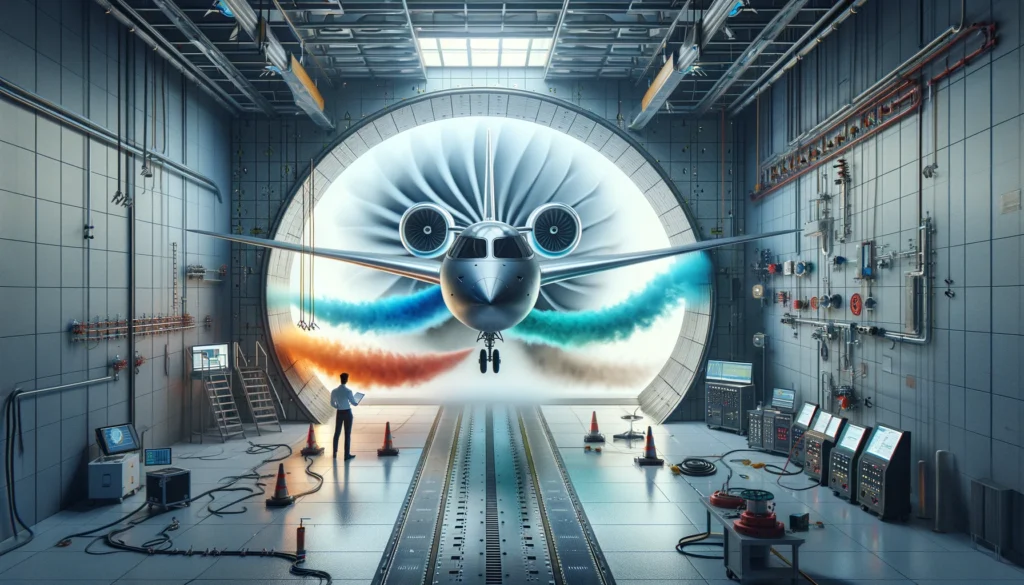
Aircraft design is a field defined by constant innovation and meticulous attention to detail. Every component and every system on an aircraft is a testament to the precision required in aerospace engineering. This precision is crucial not only for performance and efficiency but also for the safety and reliability of flight operations.
The Critical Role of Precision in Aircraft Component Engineering
In the realm of aircraft design, precision is paramount. Each part, no matter how small, must be engineered to meet exact specifications. This high level of precision engineering ensures that all components work harmoniously to achieve optimal performance.
Moreover, precision in engineering helps in minimising the risk of mechanical failures, which is essential in an industry where safety is the utmost priority. Any deviation from these precise specifications can have significant repercussions, potentially leading to costly and dangerous consequences.
Advancements in Technology: Pushing the Boundaries of Precision
As technology continues to advance at a rapid pace, aircraft design has also evolved. With the use of advanced computer-aided design (CAD) software and 3D printing capabilities, engineers are now able to achieve an even higher level of precision in their designs.
CAD software allows for the creation and manipulation of complex 3D models, enabling engineers to visualise and test different design iterations before physically manufacturing them. This significantly reduces the risk of errors and enables a more efficient design process.
Additionally, 3D printing technology can now be used to create intricate aircraft components with levels of precision that were previously unattainable. This not only results in stronger and more durable parts but also allows for more creative and innovative designs.
The Importance of Precision in Aerodynamics
Aerodynamics is a crucial aspect of aircraft design, and precision plays a significant role in achieving optimal aerodynamic performance. The shape and design of an aircraft’s wings, fuselage, and other components are carefully engineered to minimise drag and maximise lift.
Even the slightest deviation from these precise designs can have a significant impact on an aircraft’s overall aerodynamic efficiency. This is why extensive wind tunnel testing and computer simulations are conducted during the design process to ensure that every aspect of the aircraft is perfectly optimised for flight.
Enhancing Aircraft Performance with Special Coatings
One of the technological advancements in aircraft design is the use of special coatings on materials to handle fluctuating temperatures and environmental conditions. These coatings are designed to protect the aircraft’s exterior from corrosion, reduce friction, and improve aerodynamics, which in turn enhances fuel efficiency and longevity of the aircraft’s service life. They are typically made of high-quality polymers, ceramics, and metal alloys. Such innovations underscore the ongoing evolution in aircraft material science, aiming to achieve greater durability and performance.
Recommended: Custom Fabrication Services For Aerospace Companies
Exploring the Flap-Free Aircraft Design of 2019
The year 2019 marked a significant breakthrough in aircraft design with the introduction of the flap-free technology by BAE Systems. This innovative approach, using blown air to control the aircraft instead of traditional mechanical flaps, showcases the potential for enhancing aircraft efficiency and reducing maintenance requirements. The flap-free design, tested on the Magma UAV, eliminates the need for multiple mechanical parts, thereby reducing the aircraft’s weight and complexity.
Current Implementations of Flap-Free Aircraft Technology
Despite the initial success of the flap-free design in experimental models like the Magma UAV, the transition to mainstream commercial or military aircraft has been gradual. As of the latest updates, the technology is still predominantly in the research and development phase, with ongoing tests to refine and adapt the system for larger scale implementations. The aviation industry watches closely, as the successful integration of such technologies could revolutionise aircraft design, offering significant improvements in terms of efficiency, cost, and environmental impact.
The Future of Aircraft Design: Integrating New Technologies
Looking forward, the integration of innovative technologies like flap-free designs represents a promising horizon in aircraft design. These advancements are not just about enhancing the mechanics of flight but are also geared towards sustainability. As the industry moves towards greener alternatives, the principles of precision, advanced material science, and innovative design like the flap-free concept will play pivotal roles in developing the next generation of aircraft.
The synergy between academic research and industry application, as demonstrated in the development of flap-free technology, continues to drive forward the boundaries of what is possible in aviation. This collaborative approach ensures that the aircraft of the future will not only be more efficient but also safer and more reliable.


 Mail:
Mail: 




